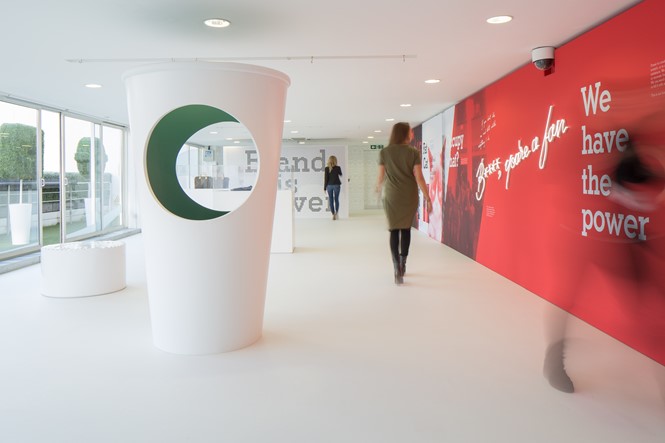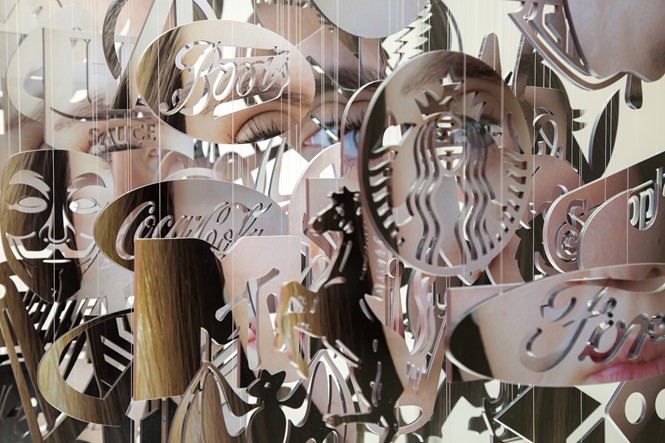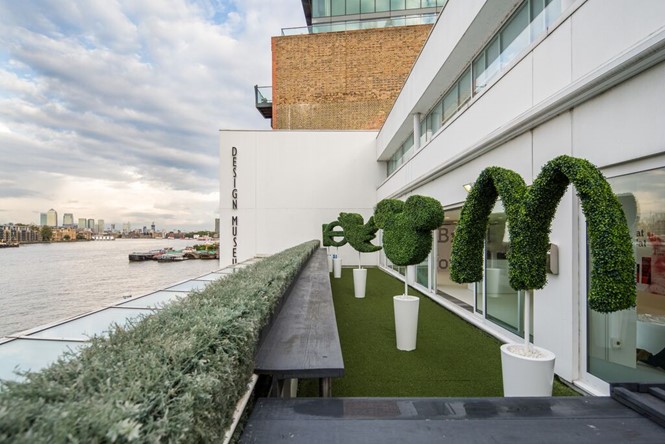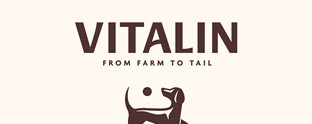Revolution and the history of brand
They led revolutions, started things, made people think differently, changed the world...and now their visages are rarely seen outside the context of an ironic t-shirt. Mao, Che Guevara, Lenin: not necessarily the ‘good guys’ in the political sense in the west, but revolutionaries all.
That’s the thing with brand, the ‘Like me: Our bond with brands’ exhibit points out, a simple, powerful idea can become more than what it originally represented. More and more people build an emotional tie to that idea until it becomes a brand.
Then there are the consumer brands that take a product, build a story around it and encourage an emotional connection to that product, lifestyle or emotion. In 1876, Bass Ale became the first trademarked corporate brand. In 2015, brand has never been more important.
Lee Coomber, creative director at Lippincott, which developed the exhibit at the Design Museum in London for last week’s Design Week, says it was a good time for the exhibit as it intends to, “Try and broaden people’s appreciation of brand. The normal understanding of it is as a corporate tool of marketing, when the reality is it’s been something that’s been with us from the beginning.” The exhibit recounts the history of branding and corporate branding and shows the connection people make with those brands.
Coomber notes that this relationship is important because people give brands their power, but also have the power to take it away. This is why the Che Guevara example is particularly interesting. The popularisation of his once-revolutionary image has seeped some of its potency, its outrageousness.
The exhibit also touches on the difference between consumer-facing and B2B branding. Coomber says one of the key differences is that B2B companies are primarily concerned with reputation and with the attraction of quality employees.
The relationship between brands and people is fundamental, despite the type of company, though. “We’re in an age now where people expect companies to behave in a particular way. We want them to be more like us,” Coomber says. This is a turning point for branding. Where once it was simply enough to make an icon out of a simple red triangle, now, that triangle has to embody a system of values and personality that can then form an emotional connection with people.
‘Like me’ has been renewed by the Design Museum for a second week and will be on display until Sunday, 4 October.





